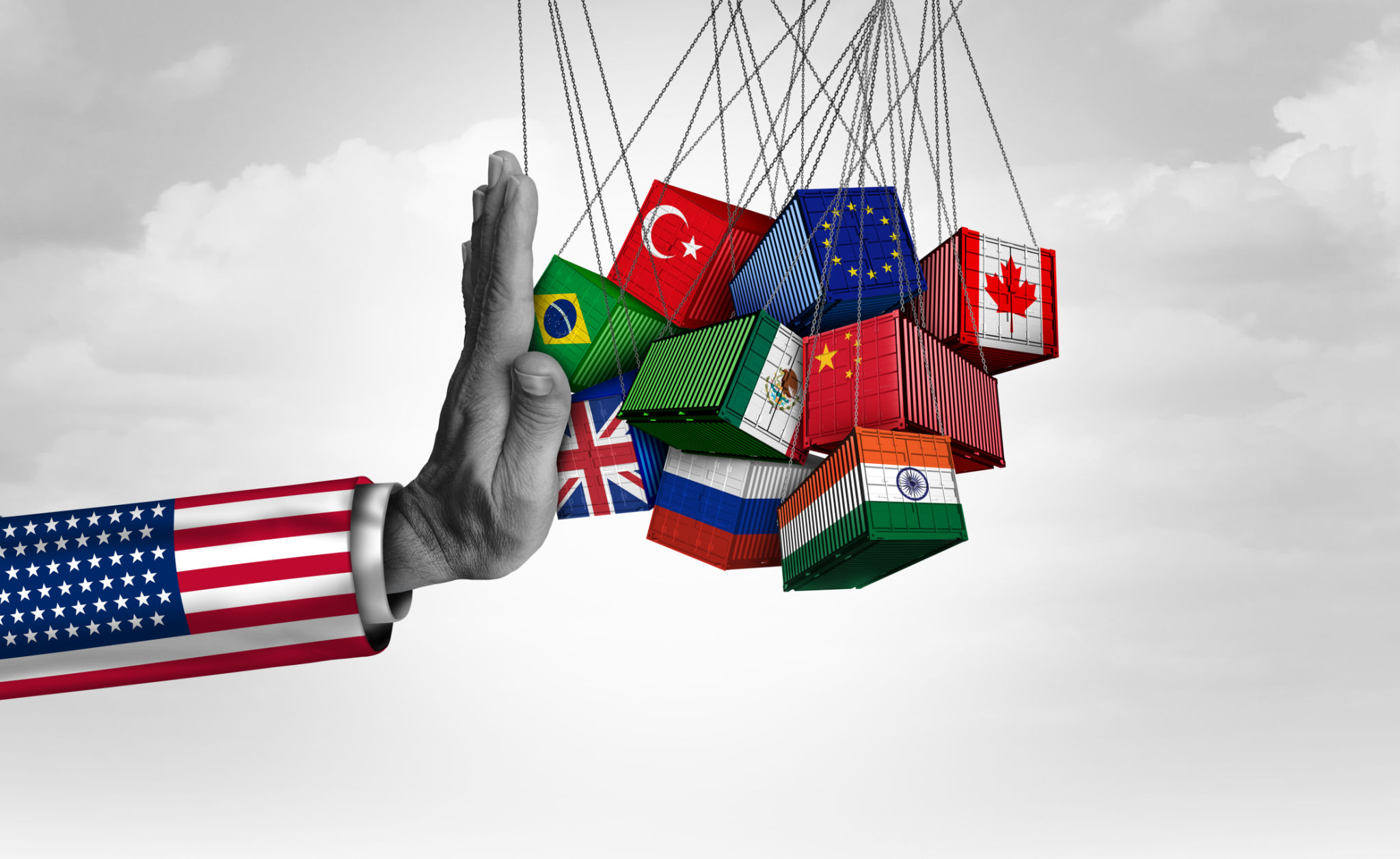Understanding Scrap Metal Prices: What Affects the Market?
Introduction to Scrap Metal Prices
The scrap metal industry is a vital component of the global economy, contributing significantly to recycling efforts and resource conservation. Understanding the nuances of scrap metal prices can be complex due to the various factors influencing the market. This article aims to shed light on these factors, helping you navigate the ever-changing landscape of scrap metal pricing.

Supply and Demand Dynamics
One of the most significant influences on scrap metal prices is the basic economic principle of supply and demand. When the demand for a particular type of metal increases, prices typically rise. Conversely, when supply outstrips demand, prices tend to fall. This dynamic can be affected by several factors, including the global economy, technological advancements, and manufacturing trends.
Global Economic Conditions
The health of the global economy plays a crucial role in determining scrap metal prices. During periods of economic growth, industries such as construction and manufacturing expand, leading to increased demand for raw materials, including scrap metal. In contrast, during economic downturns, demand often decreases, causing prices to drop.

Technological and Industrial Advancements
Technological advancements and industrial changes can also affect scrap metal prices. For example, the growing popularity of electric vehicles has increased demand for certain metals used in battery production. Similarly, innovations in recycling technology can impact both the supply and demand for scrap metal, influencing prices accordingly.
Geopolitical Factors
Geopolitical events, such as trade wars, tariffs, and international agreements, can have a profound impact on scrap metal prices. For instance, tariffs on imported metals can lead to increased domestic prices, while trade agreements can facilitate the flow of materials across borders, affecting supply and demand dynamics.

Environmental Regulations
Environmental regulations are increasingly shaping the scrap metal market. As countries adopt stricter environmental policies, the demand for recycled materials like scrap metal may rise. These regulations can also affect the cost of processing and recycling scrap metal, influencing the overall market prices.
Currency Exchange Rates
The value of currencies can also impact scrap metal prices, particularly for countries that import or export large quantities of metal. A strong currency can make exports more expensive and imports cheaper, affecting the competitive landscape and pricing dynamics.
Conclusion
Understanding the factors that influence scrap metal prices is crucial for anyone involved in the industry. By keeping an eye on supply and demand dynamics, global economic conditions, geopolitical factors, and currency fluctuations, stakeholders can make more informed decisions. Staying well-informed will help you navigate the complexities of the scrap metal market and capitalize on opportunities as they arise.